Wednesday 14th May 2025, Helmeth Wood
After the group visited Helmeth Wood last November it was suggested that we visit again when the spring flowers would be showing. Independently I was told that the display of Bluebells in the wood is excellent. As a result, when planning this year’s programme, I scheduled the visit for when I thought the Bluebells would be out.
How wrong I was.
Most had flowered and gone to seed.
Was the unusual weather to blame for advancing their flowering by several days/weeks or did I just get the timing wrong?
Anyway, disappointing as this was, we still attempted to make the best of our visit.
Being creatures of habit, we followed the same route for this visit as we had for the last.
Crossing a field to reach the wood we paused to see what was about, especially in a Hawthorn covered by pristine, white blossom, which was attracting insects.
Then we went into the wood...
To be greeted by a Common Cockchafer.
These very large and heavy beetles are a particular nuisance when moth trapping. They are attracted by the light and fly directly for it. Do not get in their way, they will not stop!
Moving left, onto the path that circumnavigates the hill, we took a suction sample of the vegetation around the path, which revealed a tiny early instar nymph of a Common Earwig. Affectionately known as a “Wiglet”.
This was followed by a Mottled Umber moth larva.
At the side of the path were some small yellow flowers which were identified as Yellow Pimpernel.
During the morning a moth, rarely recorded in Shropshire, was found: Hysterophora maculosana.
Its larvae feed on bluebells.
Beating an Oak tree dislodged this bug, Rhabdomiris striatellius.
Another insect dislodged from an Oak was the larva of the Svensson’s Copper Underwing moth.
Then a further moth larva turned up. This time it was a Dun-bar moth larva.
The morning came to a close with the discovery of an Anoplotrupes sterocorosus beetle.
Arriving at the path that passes over the summit of the hill we turned onto it. Having gone about 50 yards up the hill we decided it was time for lunch and settled down to our picnics.
And, magically, cake appeared.
And disappeared!!!
Whilst munching our cake someone noticed a bee-mimic hoverfly on the trunk of a tree. This was identified as Brachypalpus laphriformis.
After lunch, we progressed at a leisurely pace up the hill to the summit, spotting a wasp mimic on the way, a longhorn beetle, Clytus arietus, known, unsurprisingly, as the Wasp beetle.
We finally reached the summit and set up camp for a while.
An early observation here was a large fly, Tachina fera.
Wandering around the summit we noticed that the top of the hill seemed to be a bit of a magnet for invertebrates as we found more species out and about than on our way there.
In amongst the trees was a Hazel that had several leaves rolled up, caused by the Hazel Leaf Roller.
We also got a glance of a Pied flycatcher.
What a delightful bird, unless you are an insect!
There was a commotion as a bundle of something fell to the ground. It appeared to be two insects in battle. One flew off almost immediately, but the other was slower in recovering and was photographed.
We think that this is a Rowan sawfly, Trichiosoma sorbi. Ideally this identification needs to be confirmed by someone with more knowledge of sawflies. However, it did appear to come out of a nearby Rowan tree.
Time had caught up with us.
We descended the hill and made our way out of the wood.
It was such a lovely day that we dallied again by the Hawthorn in the field and did a bit more searching.
(That is not the tree!)
We found:
A planthopper, Eupteryx aurata, associated usually with Nettles;
A Hazel leaf beetle Lochmaea crataegi;
And another longhorn beetle, Rhagium bifasciata.
My thanks to the Woodland Trust for granting us permission to enjoy ourselves, to Jill for cake and to the photographers for providing their excellent images for this report.

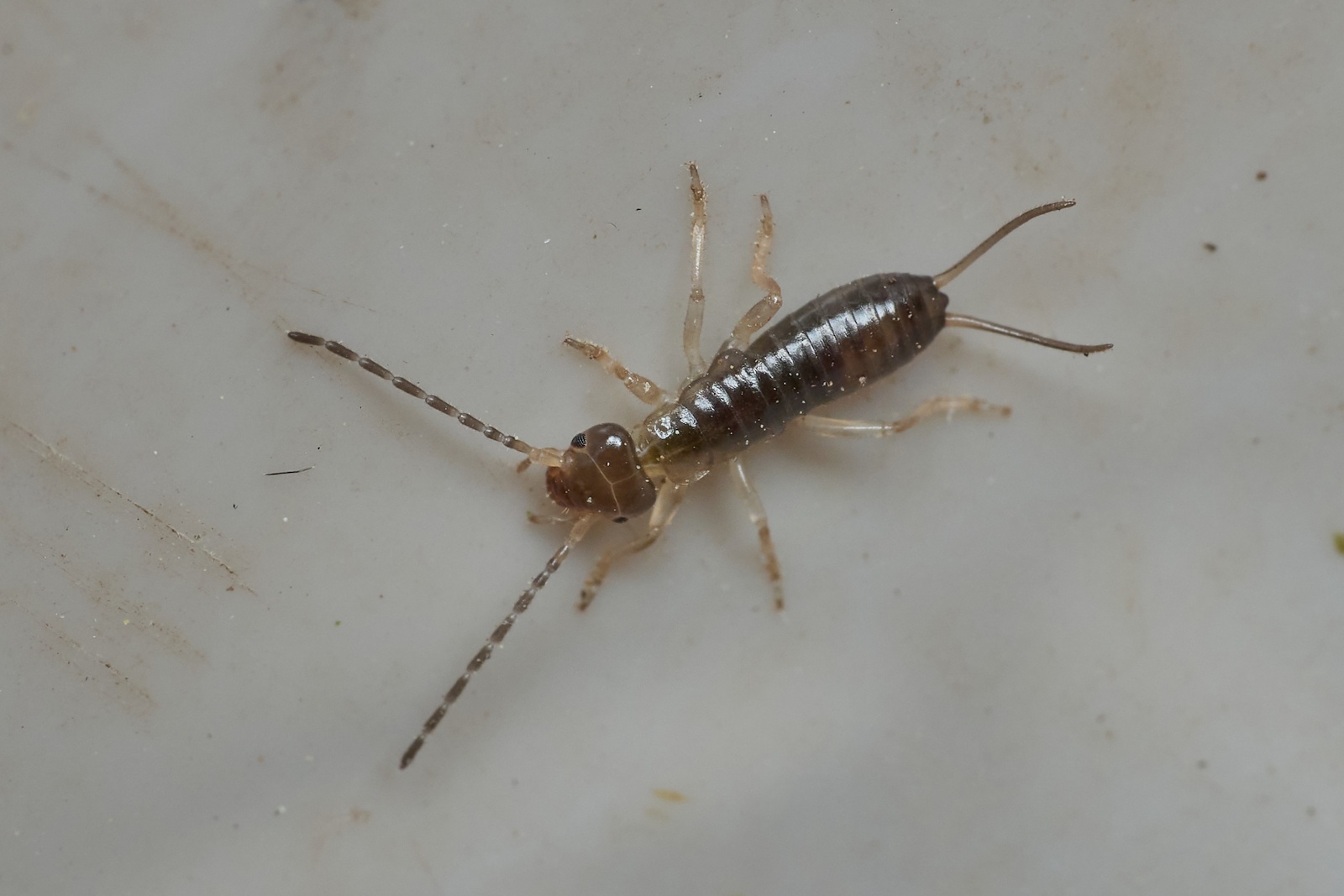




















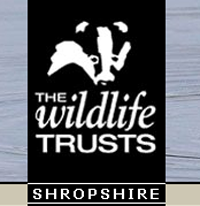

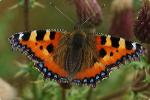




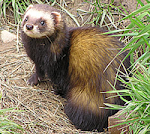

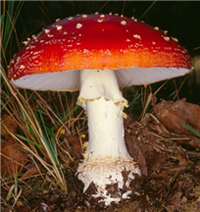





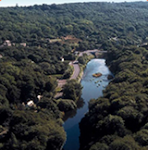






No comments:
Post a Comment
Please feel free to comment on this post...